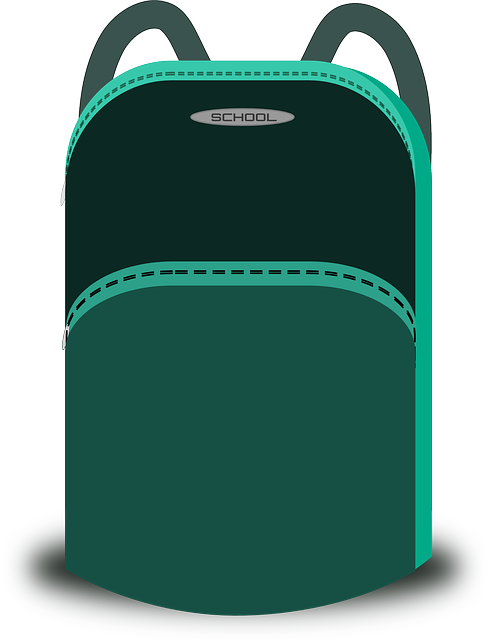Much like any other major life transitions, you shall seek support if you and your spouse recently part ways. This may seem like a simple task for some but it can be really difficult for the “macho men” who want to keep their own matters private. As David Blaylock, a LearnVest Planning Services Certified Financial Planner, once said: “Divorce is difficult for everyone involved, but it can be especially challenging for men who don’t typically express their feelings.”
Lucky for you, I collated some of the best financial moves that a person in your challenging situation shall take.
1. CREATE A NEW BUDGET
Recently divorced men usually think about the immediate financial responsibilities such as payment for divorce lawyers and monthly child maintenance. However, they forget that they are basically single again!
With your circumstance, it is best to remind yourself that you are starting a fresh chapter in your life. You have to think about your family expenses (e.g., child’s school fees) as well as your daily expenses (e.g., grocery costs). This is why it is important to create a post-divorce budget that incorporates these two types of expenses.
2. DIVIDE YOUR BANK ACCOUNTS EQUALLY
Allowing your vengeful ex-lover to withdraw all your money is the worst thing that can happen when you have joint bank accounts. Avoid this by honoring your prenuptial agreement. Alternatively, you can discuss the matter as two mature adults.
Given that your former spouse is trustworthy and understanding, you can talk about dividing your joint bank accounts in half. Dividing your wealth equally will entail that you have the welfare of your family and children in mind. If you are the breadwinner in your previous household, it is ideal to make financial arrangements so that the monthly bills are covered.

Image Credits: www.pixabay.com
3. REDUCE YOUR PERSONAL EXPENSES
It can be more expensive if you are living in two separate households unlike before. You may have to pay for two mortgages, two utility bills, and so on. This is why you must cut down your expenses everyday for at least a week and realize your spending habits. Eliminate the areas which are unnecessary such as cable television.
4. AVOID COSTLY IMPULSIVE BEHAVIORS
Sure, binging on alcohol can help you drown the sorrows of yesterday but your problems will not disappear with every bottle you chug! It is not only an unhealthy way to move on but it is also a costly behavior in the long run.
Avoid self-destructive behaviors such as spending too much money on sex, drugs, and drinking. Evidence of said behaviors will only strengthen the case of the other camp.
5. DECIDE ON WHO KEEPS THE RINGS
Since Singapore is a cultural melting pot, we have different beliefs and traditions when it comes to wedding rings. Most people are accustomed to return the gifts that their previous lovers had purchased for them. However, if the ring was an heirloom from your former spouse’s family then you must let her keep it.

Image Credits: www.pixabay.com
If she refuses to give back the rings that you purchased then, be the bigger person and move on! They are merely Earthly possessions after all.








